LED vs Incandescent: What’s Best for Your Living Room Lighting?
Table of Contents
-
Introduction
- Overview of the importance of choosing the right lighting for your living room.
- Introduction to LED and incandescent lighting options.
-
Understanding LED and Incandescent Lighting
- Explanation of how LED lighting works and its common uses in living rooms.
- Overview of incandescent lighting and its traditional appeal.
-
Comparing Key Features of LED and Incandescent Lights
- Energy efficiency, light quality, cost over time, and environmental impact.
-
Situational Use Cases: When to Choose LED or Incandescent for Your Living Room
- Best scenarios for choosing LED and incandescent lights based on style and function.
-
Safety Considerations
- Safety differences between LED and incandescent lights, including heat emission and risks.
-
Call to Action
- Explore product options, get personalized advice, and find related resources.
So...
As we already know, lighting plays a crucial role in setting the mood and functionality of any living room. As the heart of the home, the living room serves as a space for relaxation, entertainment, and family gatherings. Choosing the right lighting can elevate the overall ambiance, enhance the aesthetics, and even impact energy consumption. With numerous options available, finding the perfect lighting solution can feel overwhelming.
Among the most popular choices are LED and incandescent lights, each offering distinct advantages and unique characteristics. LEDs are known for their modern design, energy efficiency, and versatility, while incandescent lights are cherished for their warm glow and timeless appeal. Understanding the differences between these two types of lighting is essential for making an informed decision that suits your style and practical needs.
Understanding LED and Incandescent Lighting
Choosing the right lighting for your living room starts with understanding the basics of the two main options: LED and incandescent lights. Each type has its own unique characteristics, benefits, and drawbacks that can influence your decision.
LED Lighting
LED stands for Light Emitting Diode, a technology that produces light through the movement of electrons in a semiconductor material. Unlike traditional bulbs that rely on heat, LEDs generate light in a highly efficient manner, making them one of the most energy-saving options available today. They come in a variety of colors, shapes, and sizes, and often offer features like dimmability and smart home integration.
Common Applications in Modern Living Rooms:
LED lights are increasingly popular in contemporary living rooms due to their versatility and efficiency. They are often used in recessed ceiling fixtures, modern chandeliers, accent lighting, and floor lamps. LED strip lights can add a stylish touch to shelves, TV units, or behind furniture, creating ambient lighting that enhances the overall room atmosphere. With their ability to mimic natural light and offer various color temperatures, LEDs are perfect for both task and mood lighting, making them a go-to choice for those seeking a modern, energy-efficient lighting solution.
Incandescent Lighting
Incandescent lighting is the traditional type of light bulb that has been around for over a century. It works by passing an electric current through a thin filament, usually made of tungsten, which then heats up and glows to produce light. This method gives incandescent bulbs their signature warm, yellowish glow, which many people find cozy and inviting.
Traditional Use and Its Classic Appeal in Home Decor:
Despite being less energy-efficient, incandescent lights remain popular for their warm, comforting light quality. They are often used in classic or vintage-themed living rooms, where their soft glow enhances the space’s traditional feel. Common applications include decorative fixtures like chandeliers, table lamps, and wall sconces, where aesthetics often take precedence over efficiency. Incandescents are ideal for creating a relaxed, inviting atmosphere, making them a staple in home decor that prioritizes ambiance and warmth over modern efficiency.
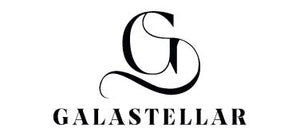











































































































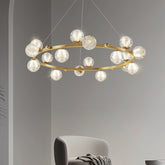

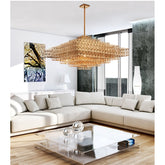

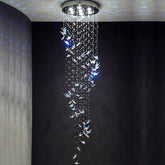

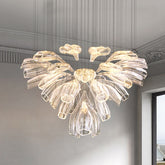

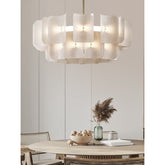

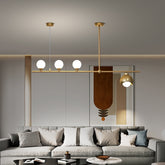

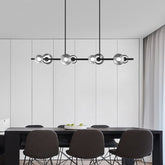

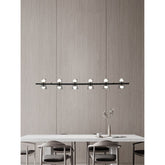

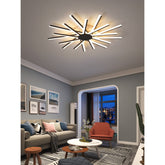

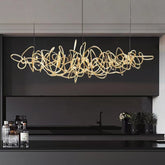




2 Comments
4ixyou
kvq83t